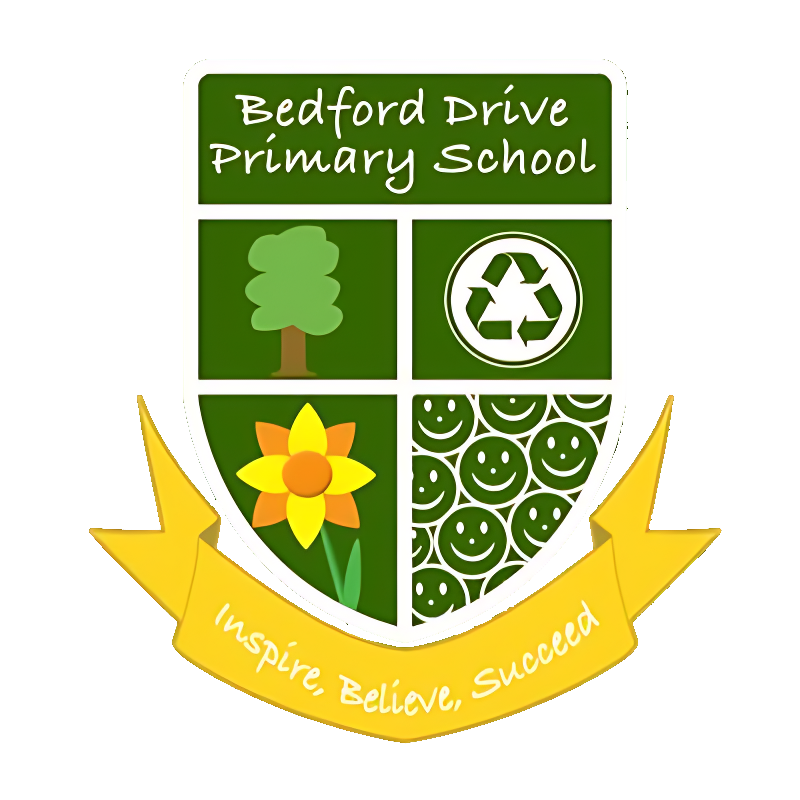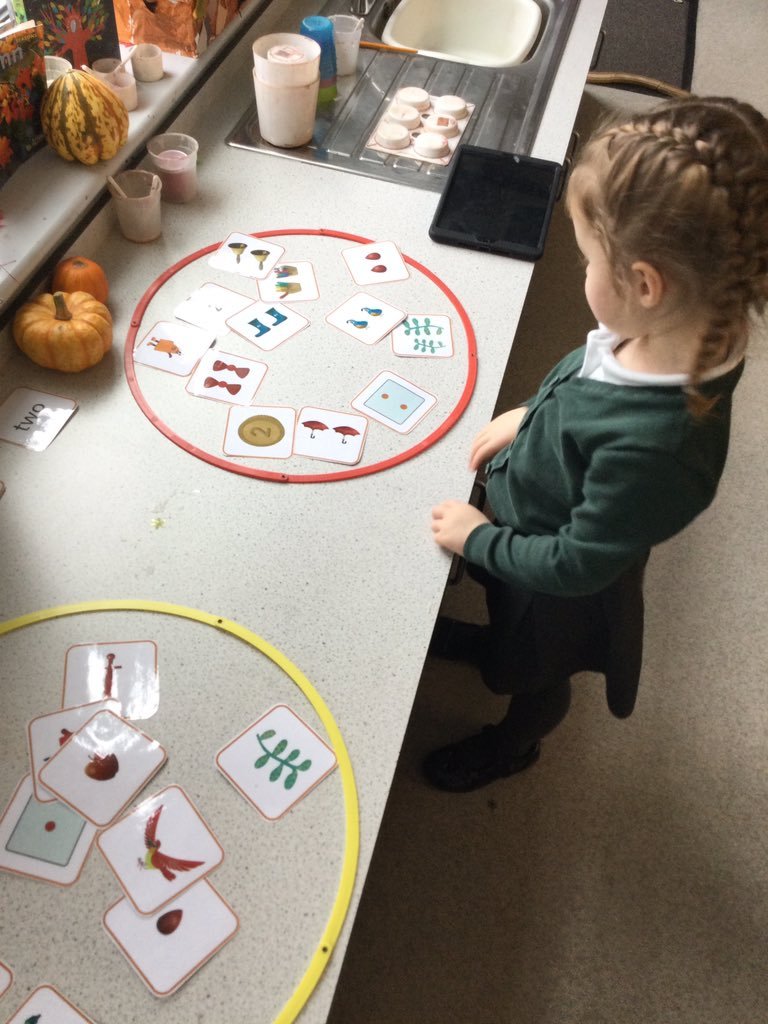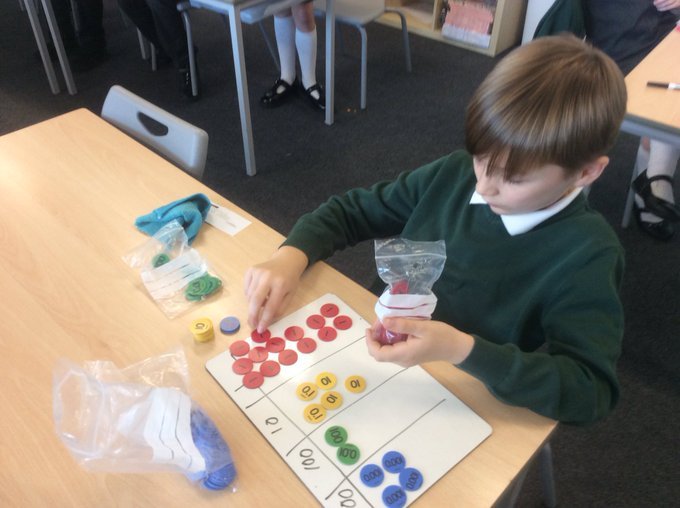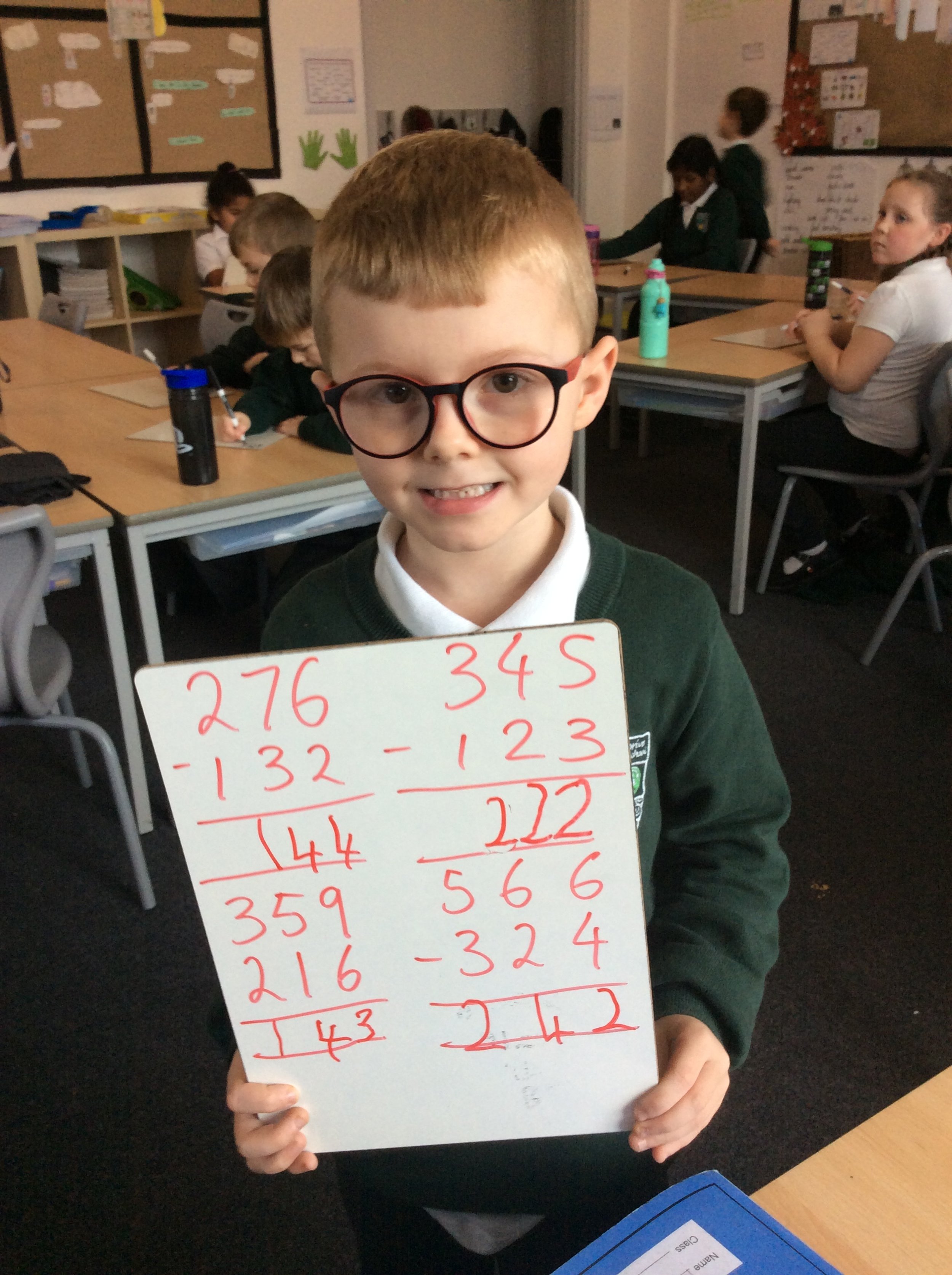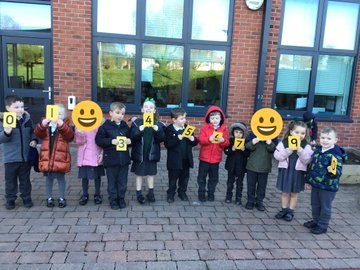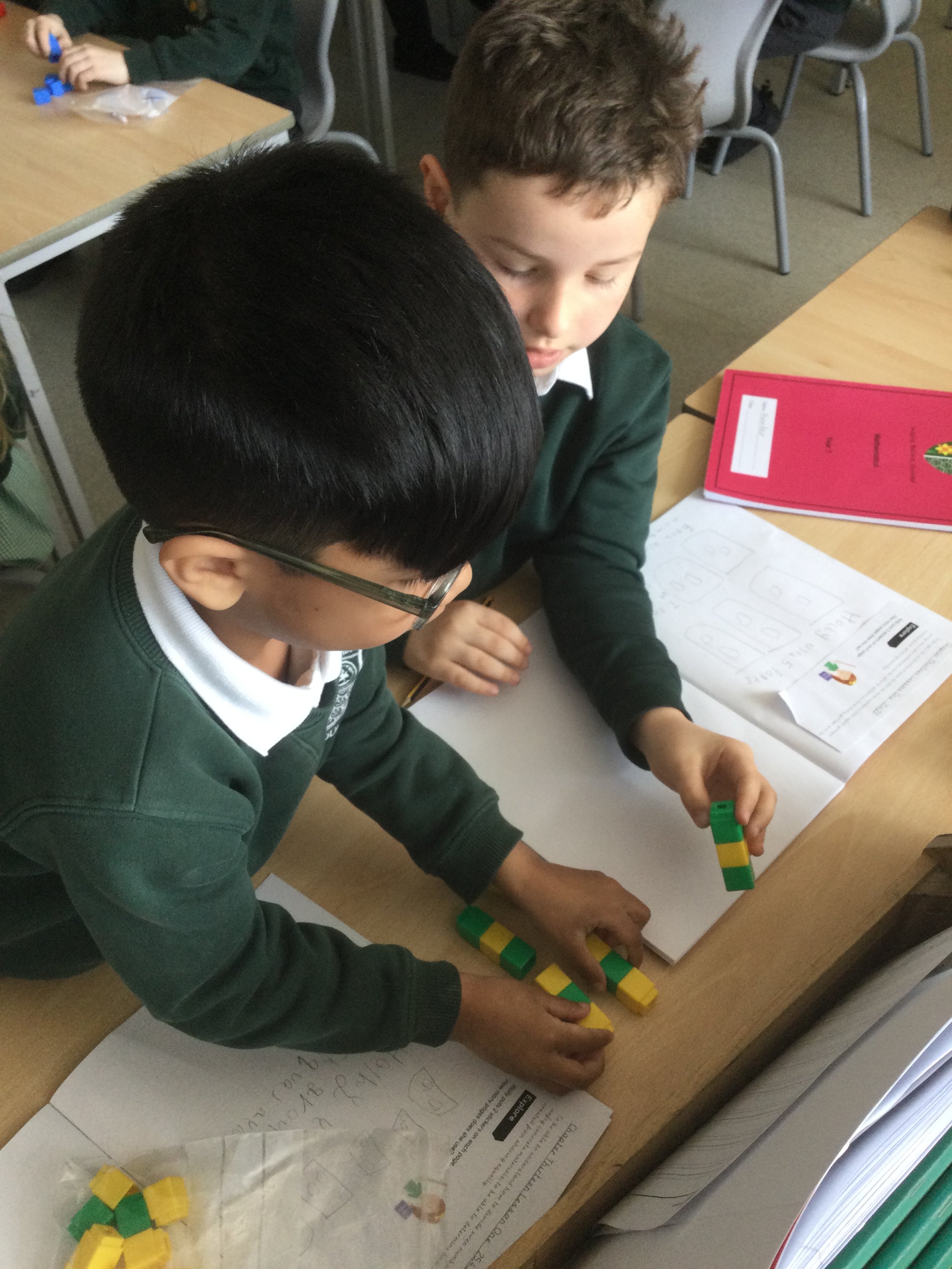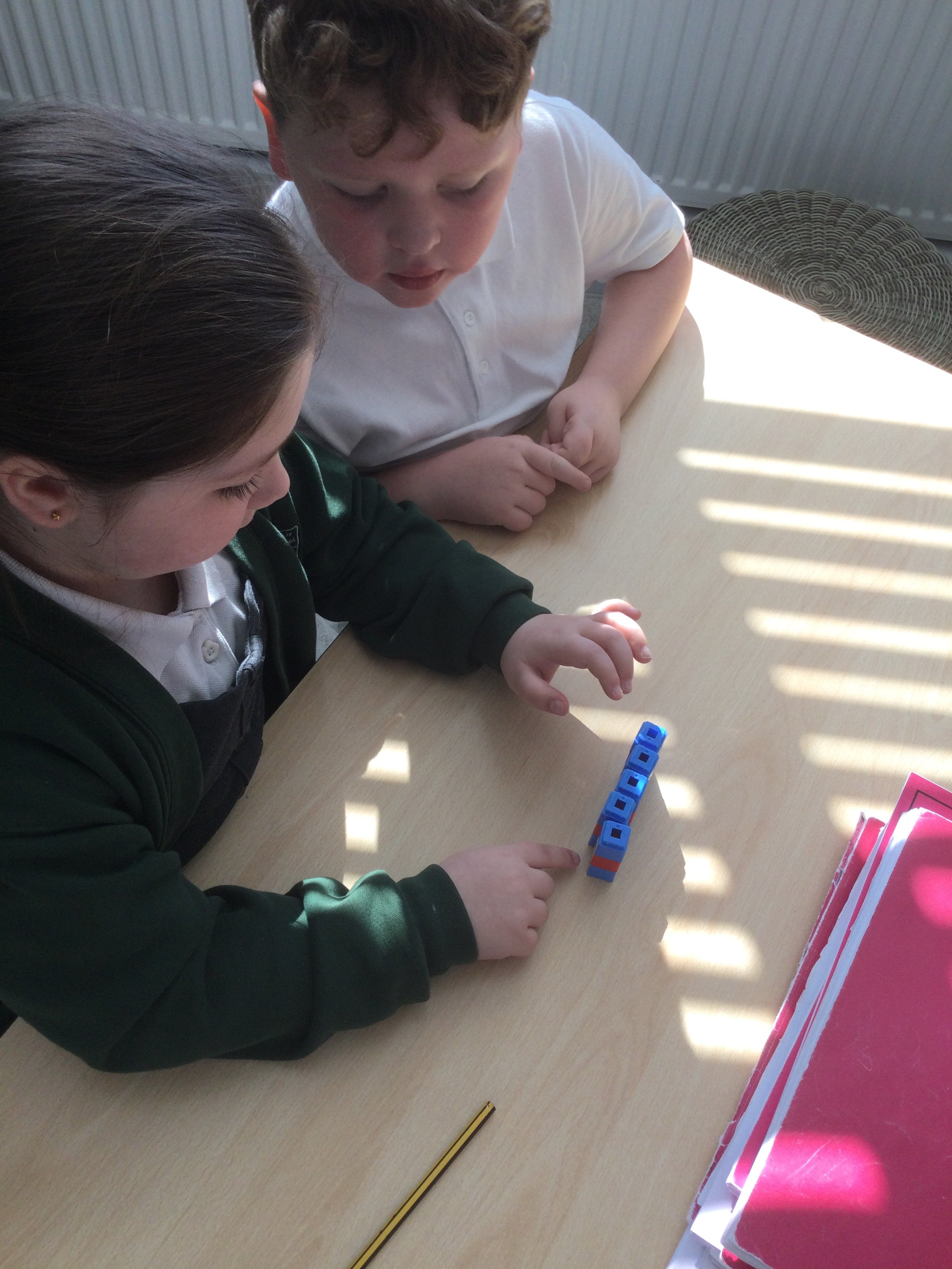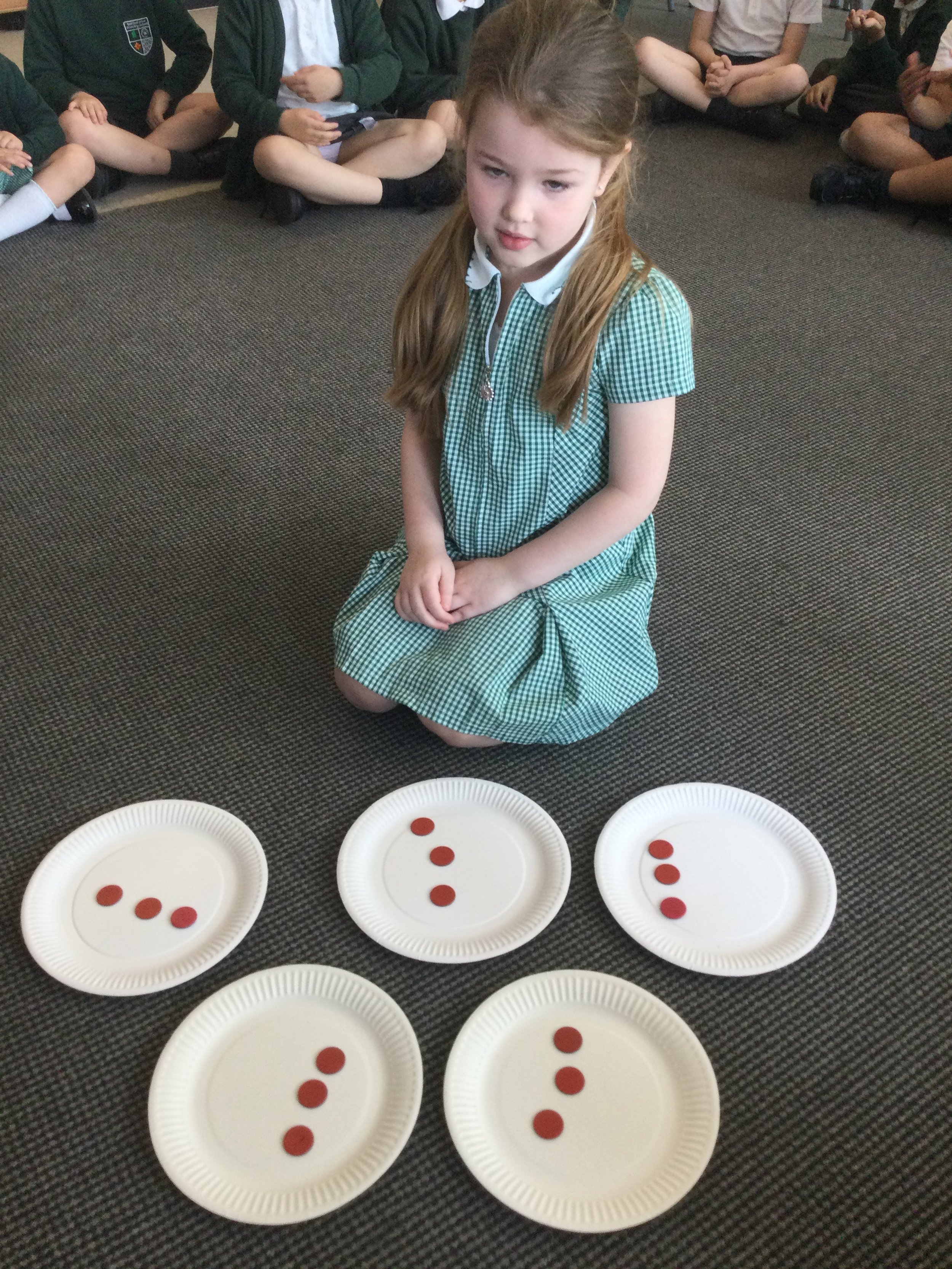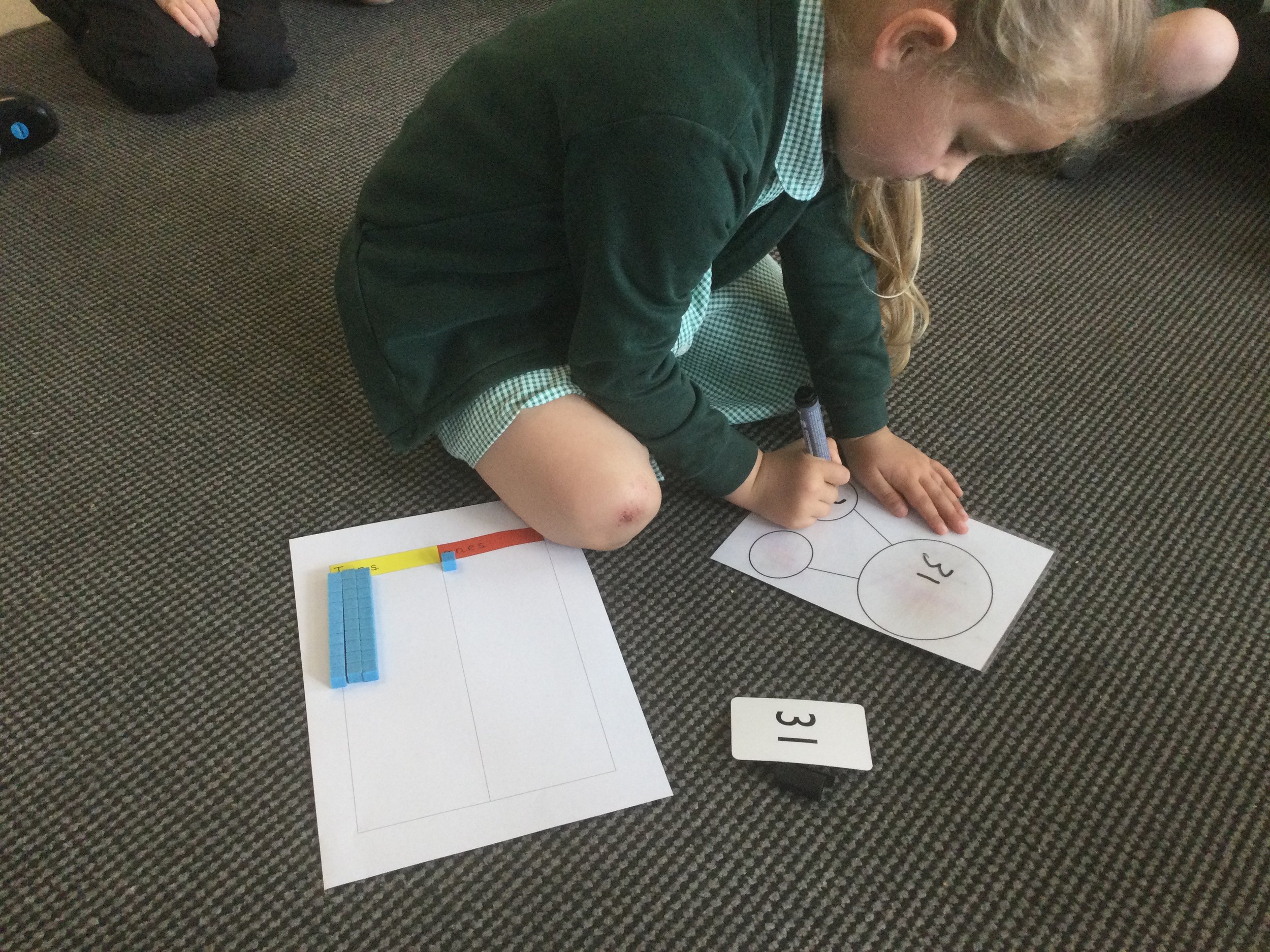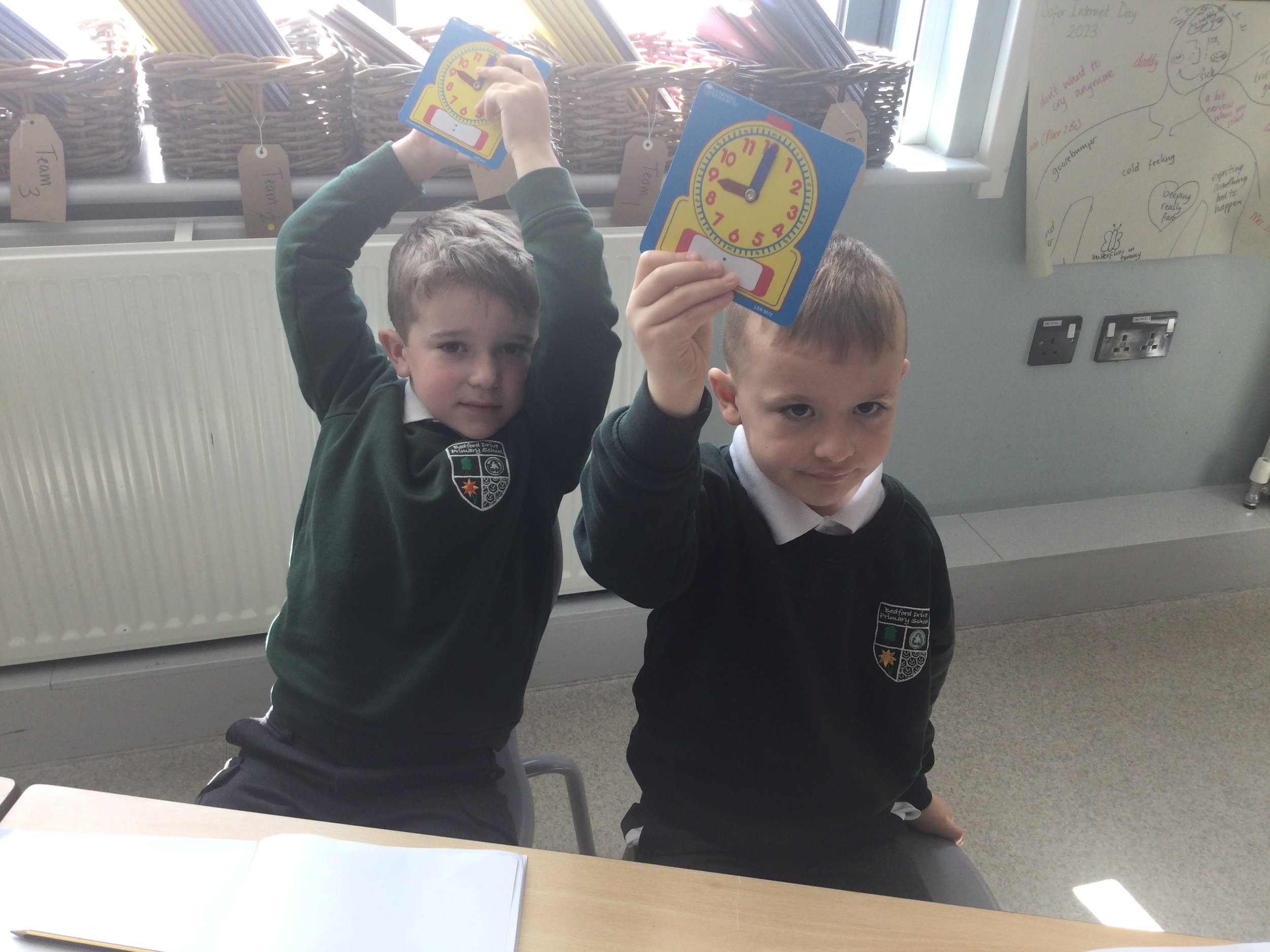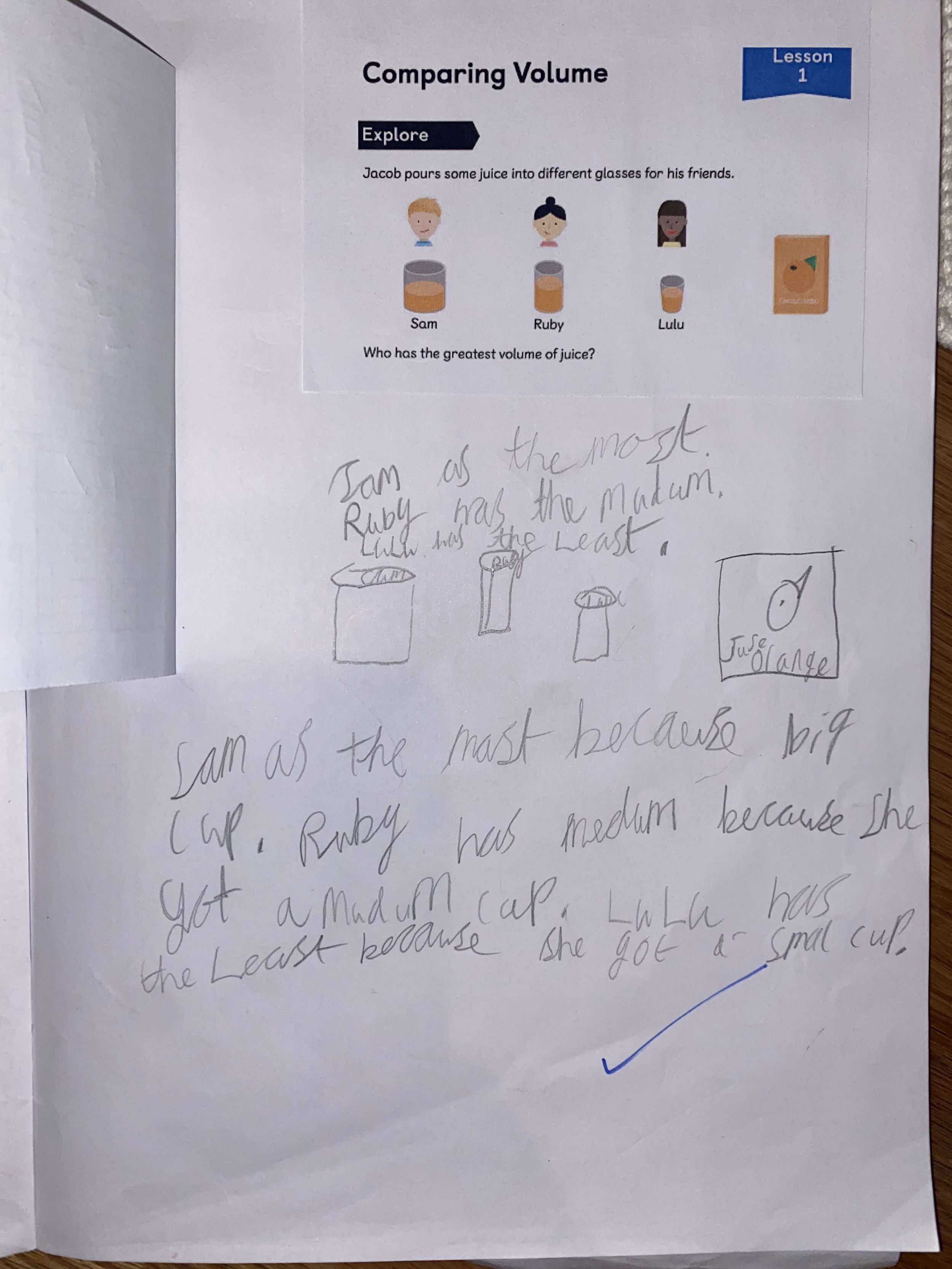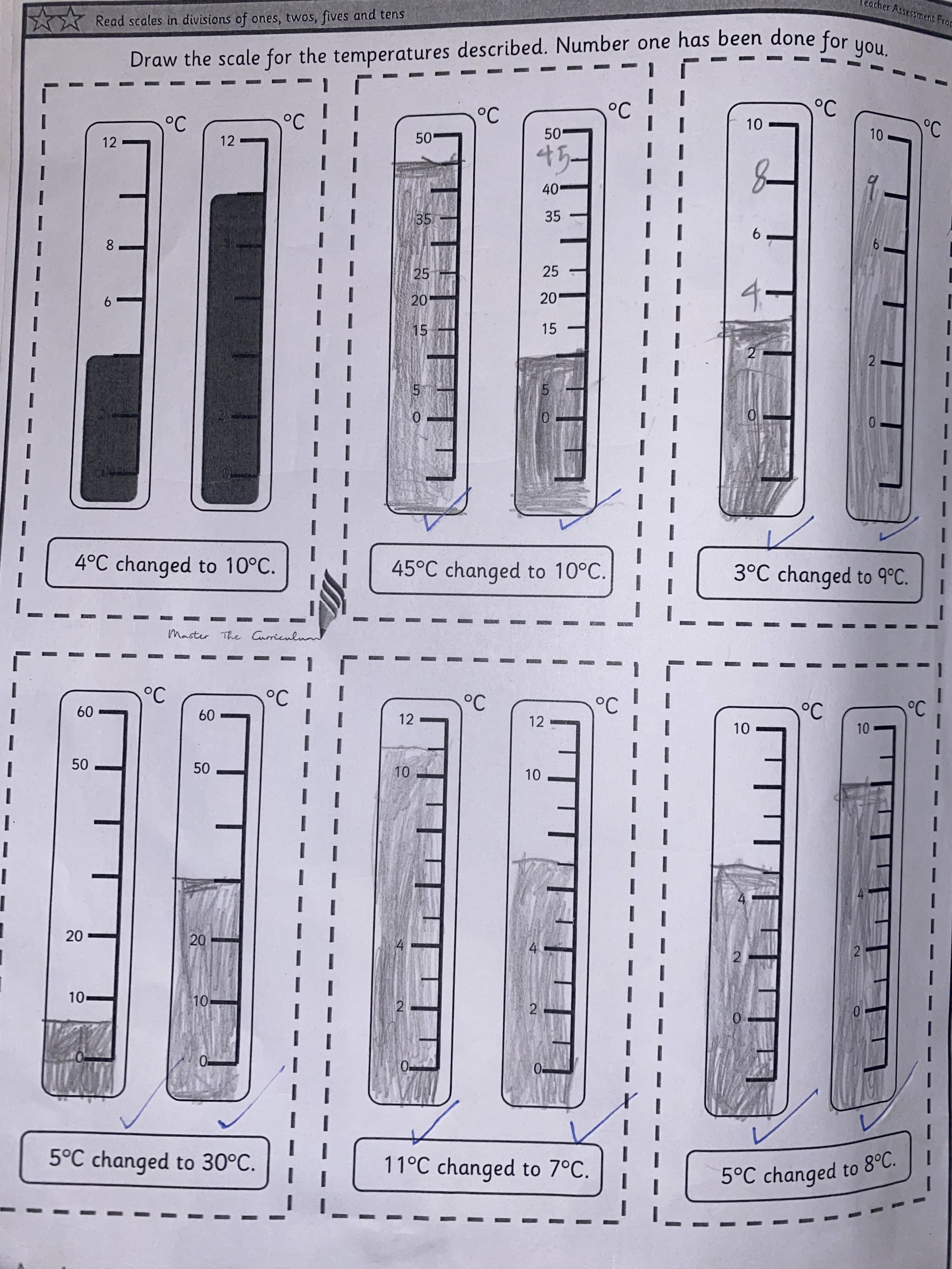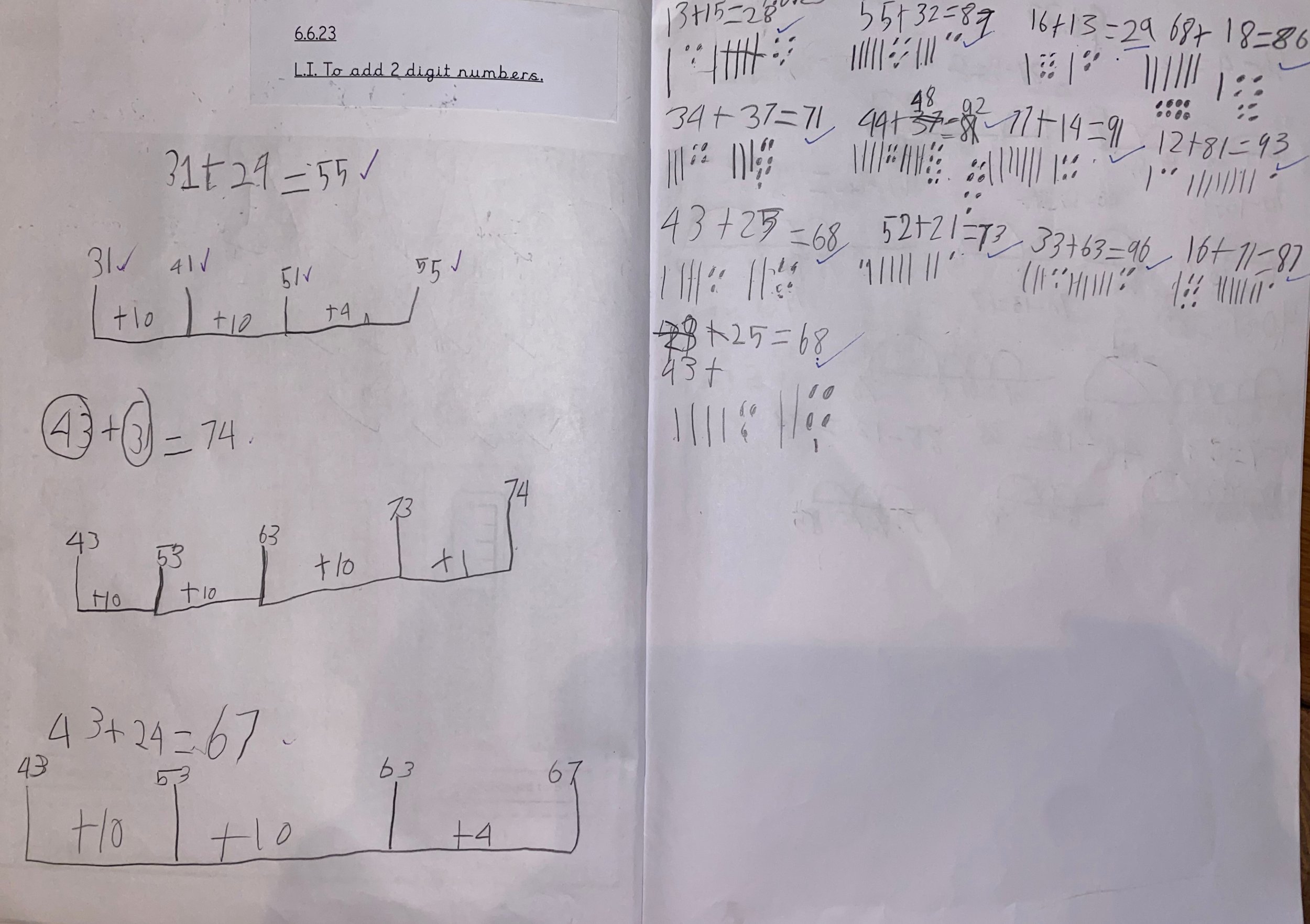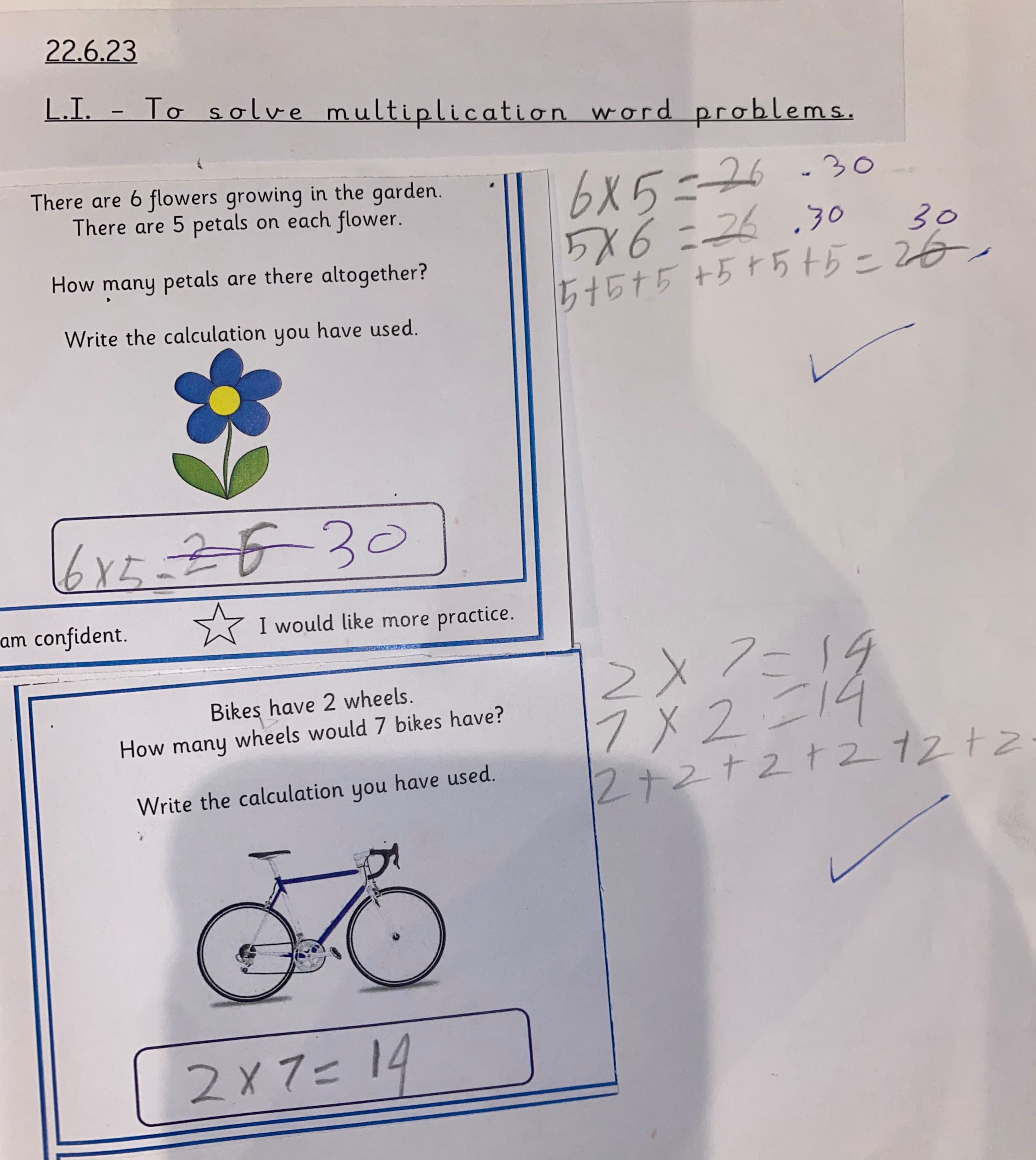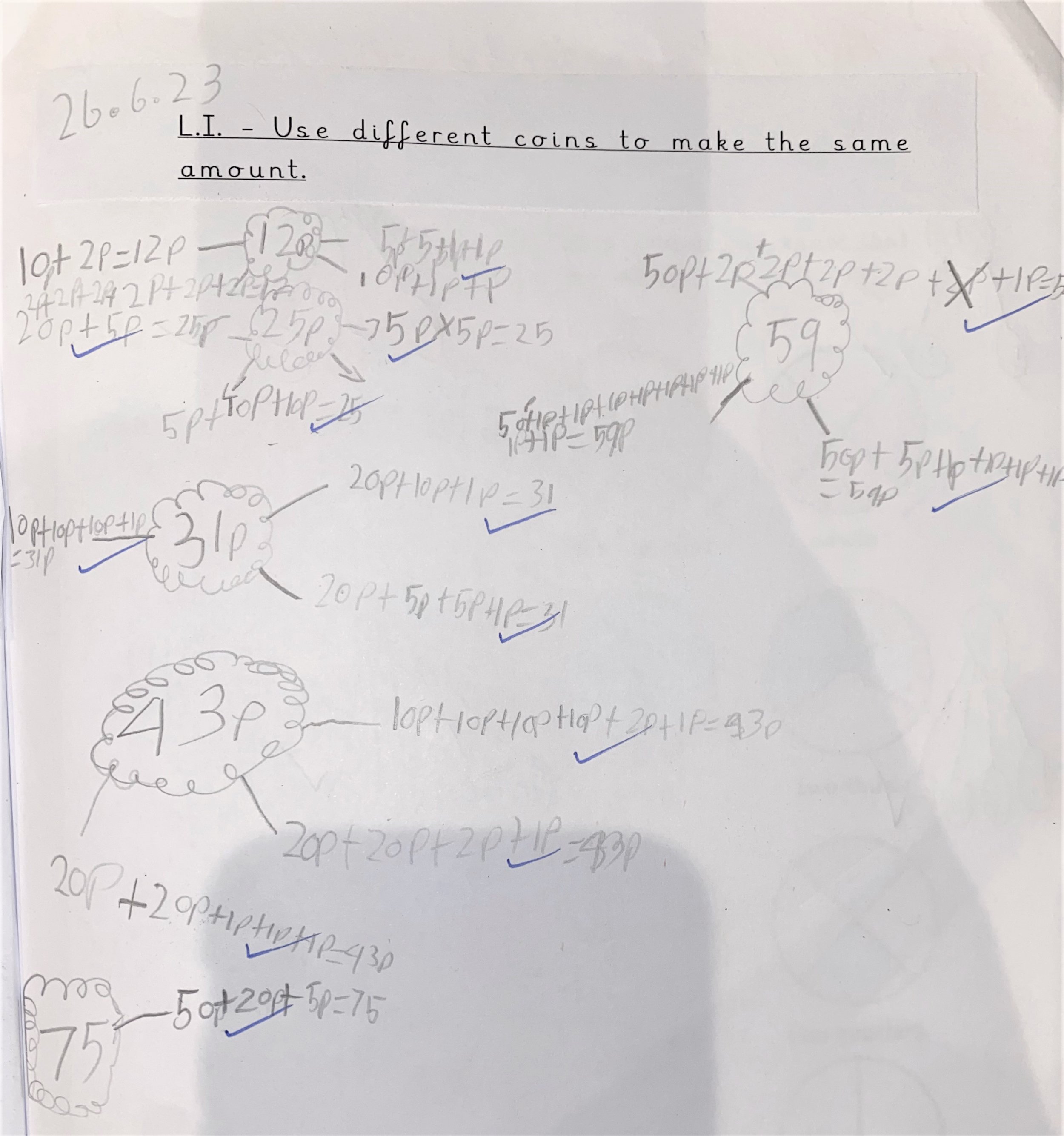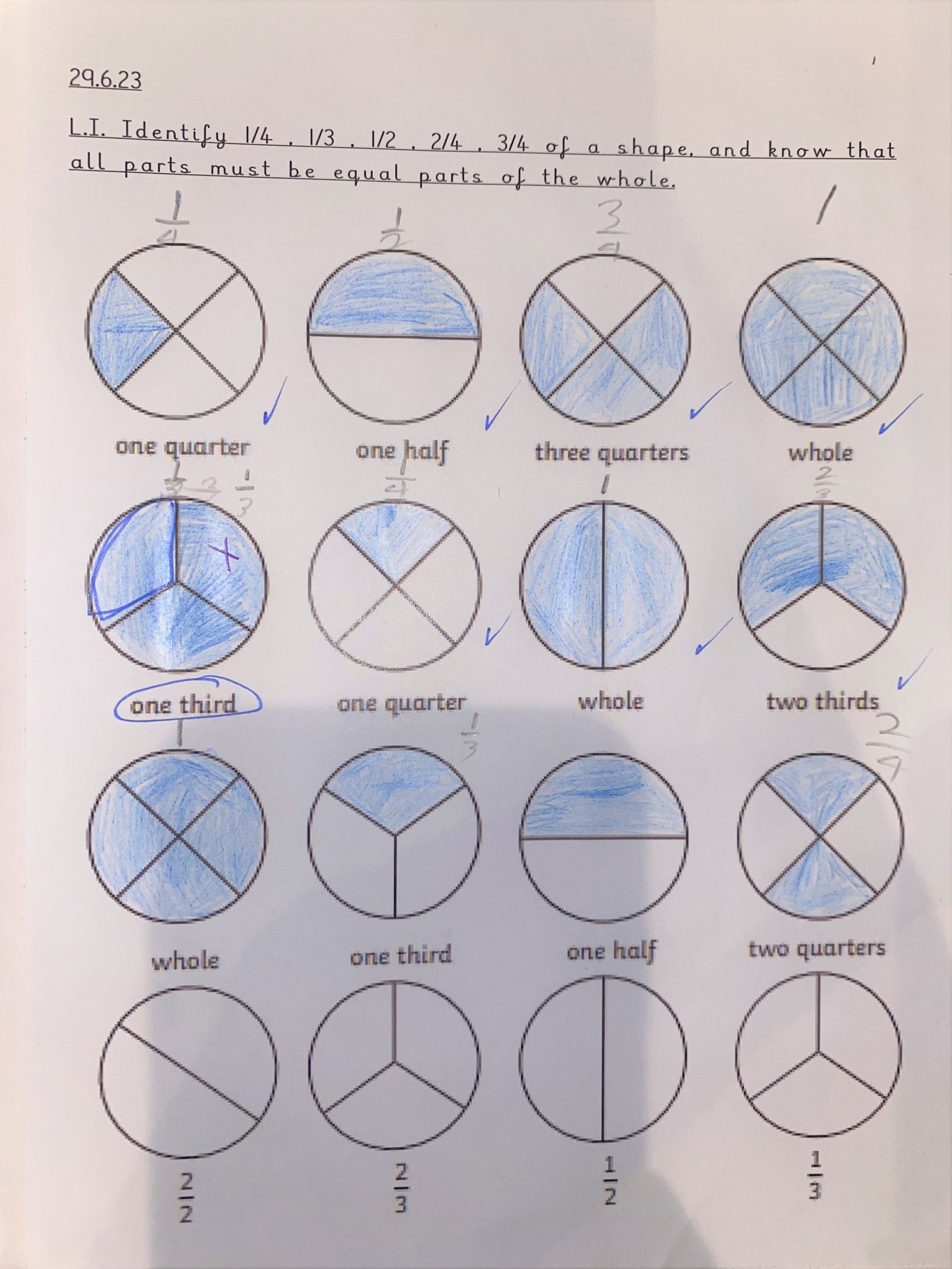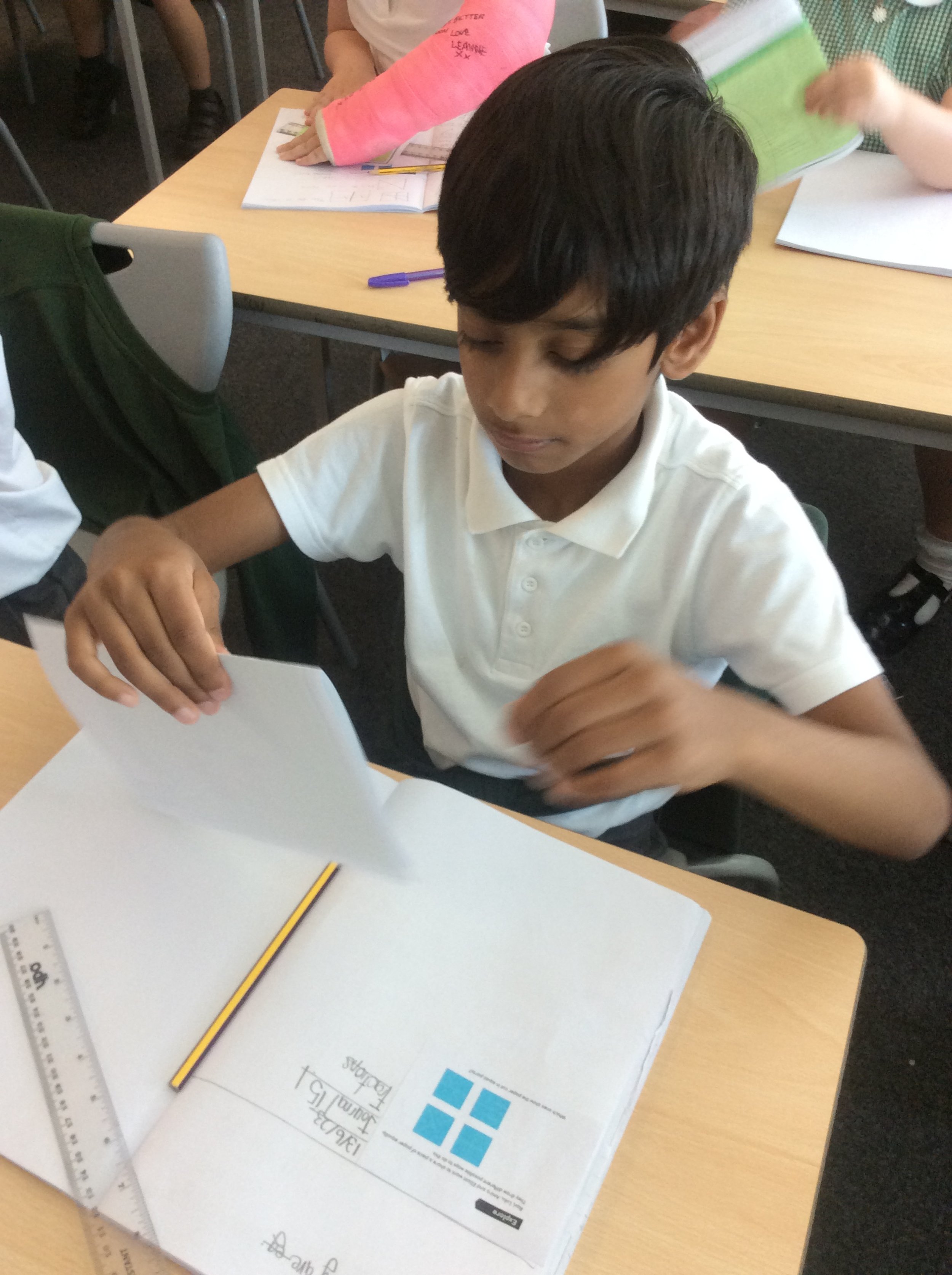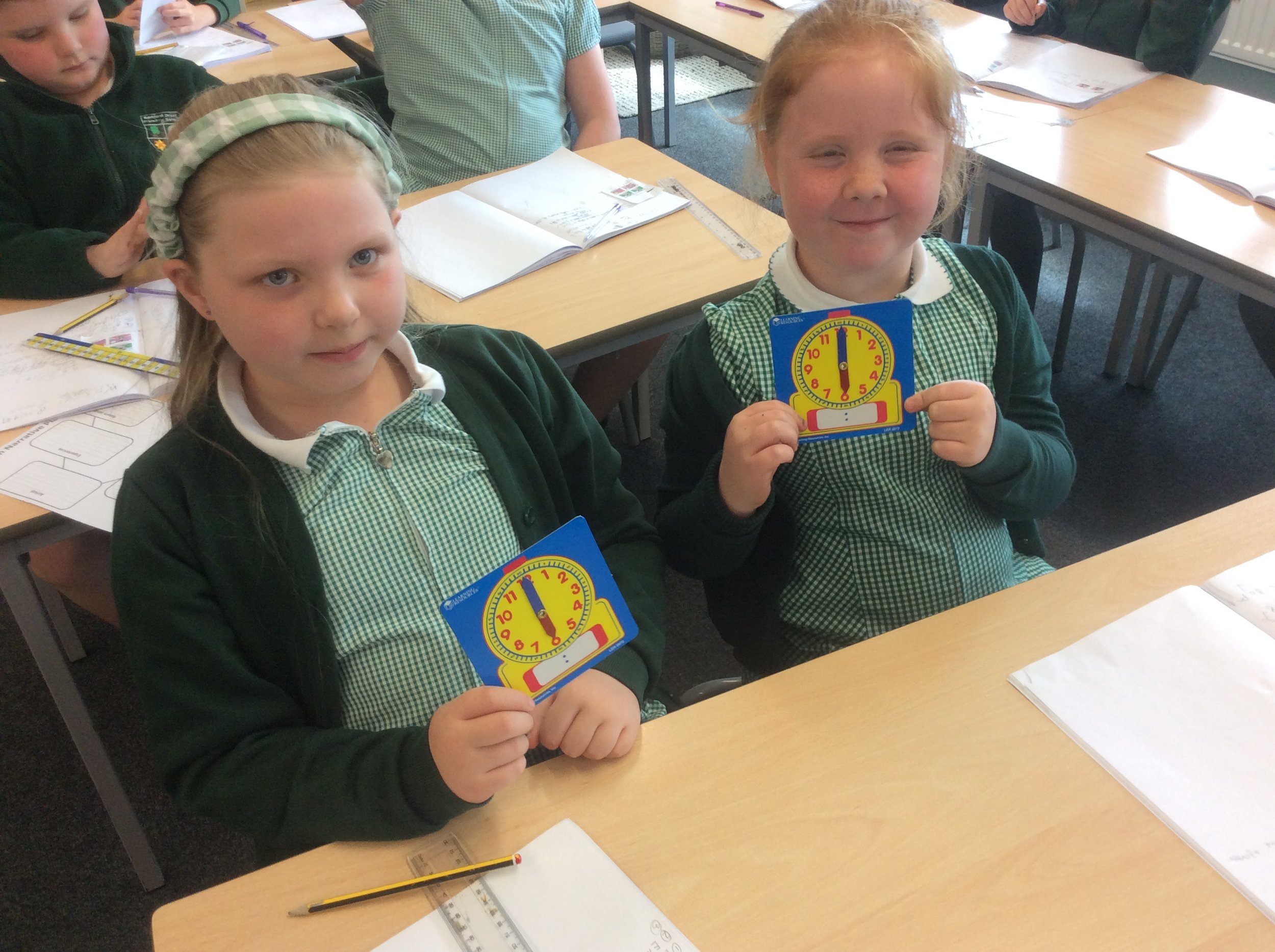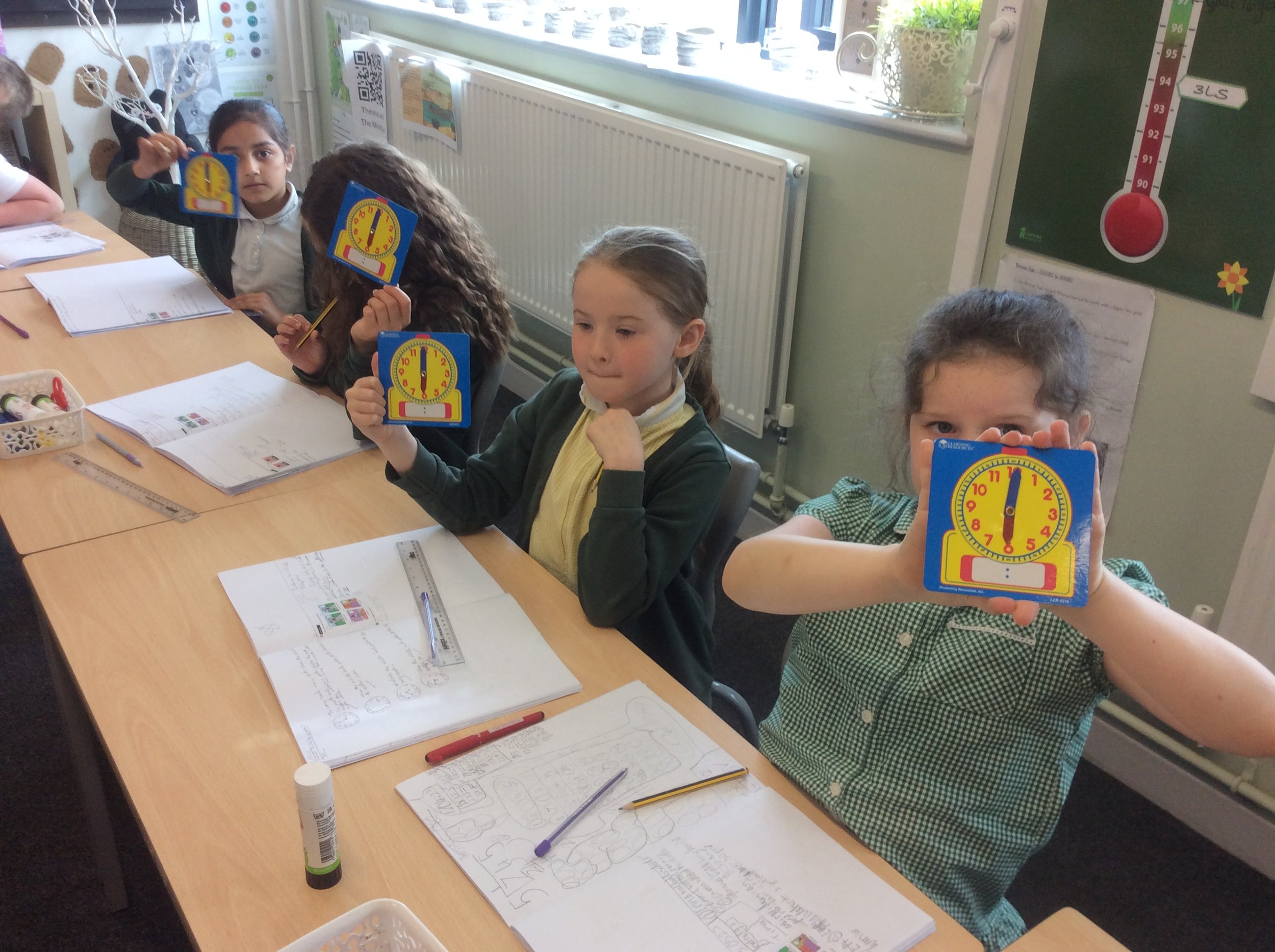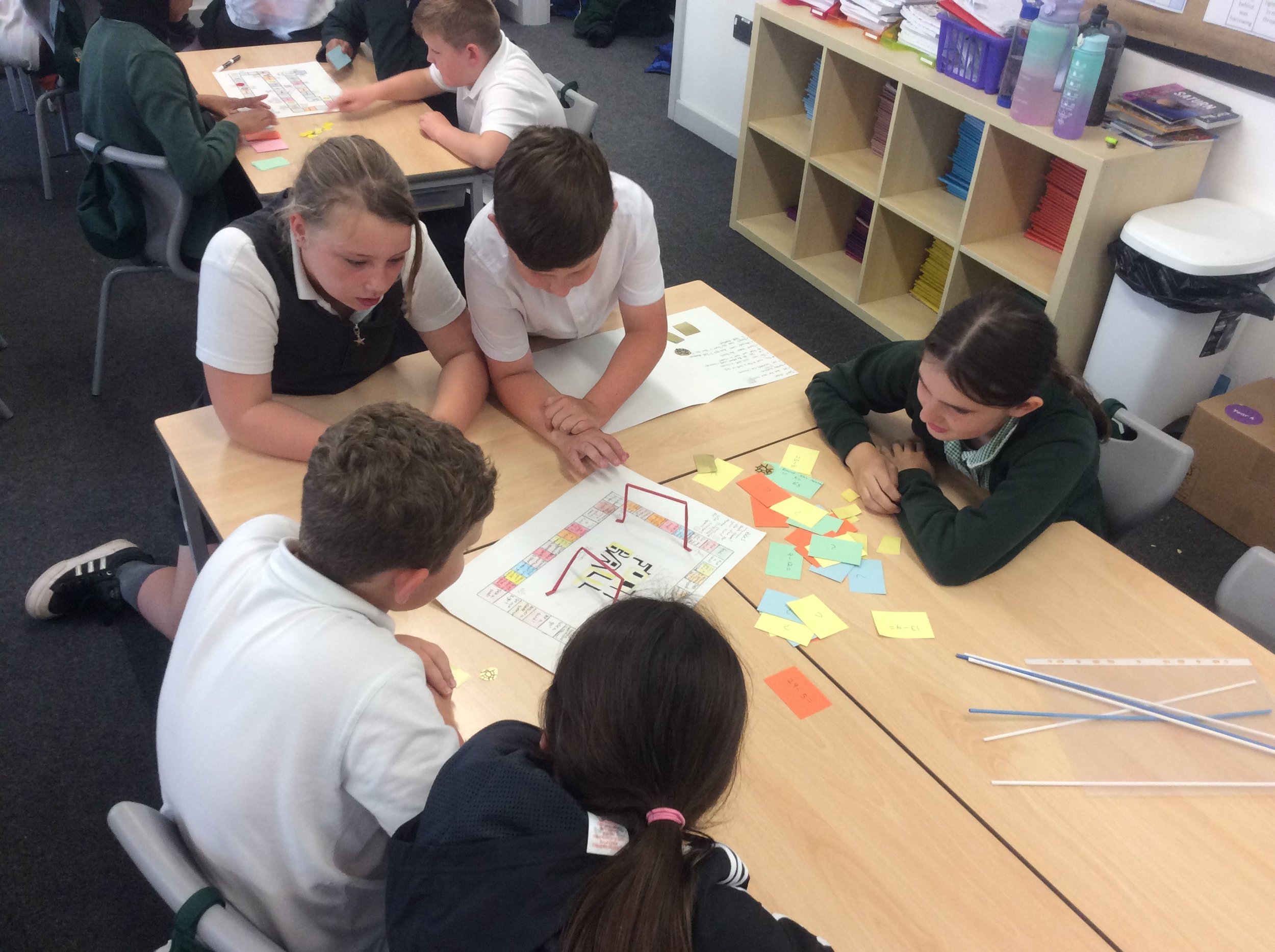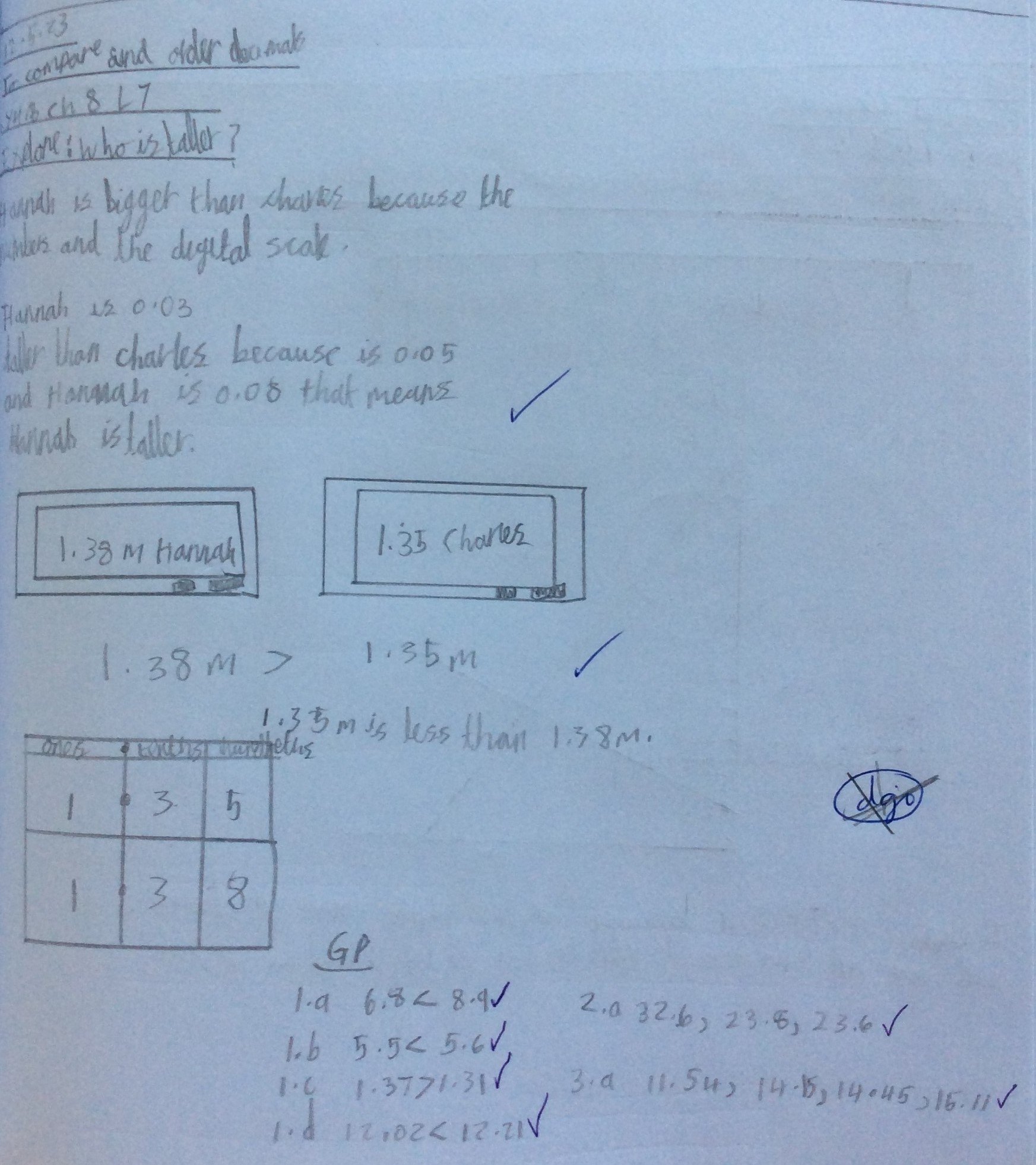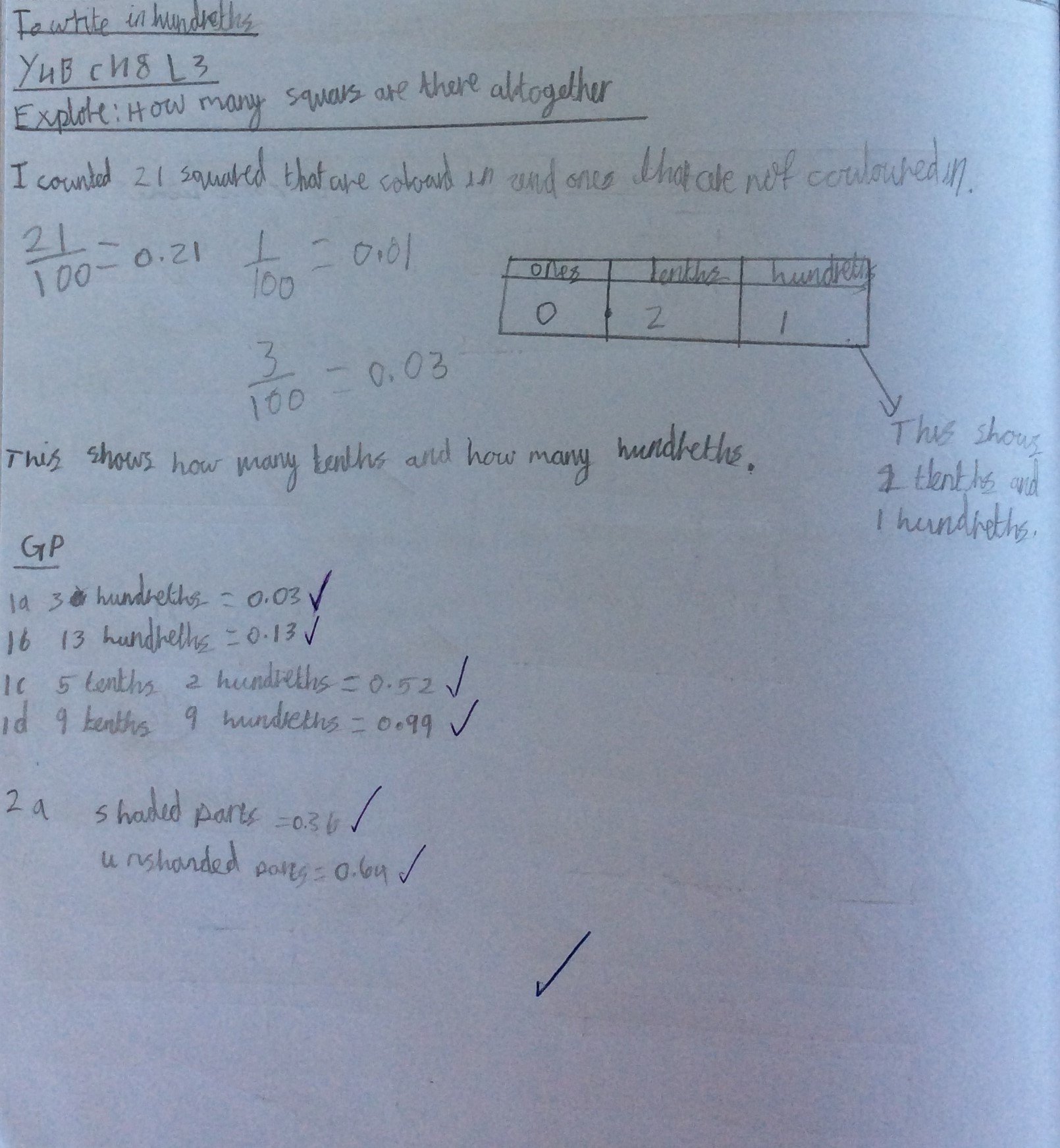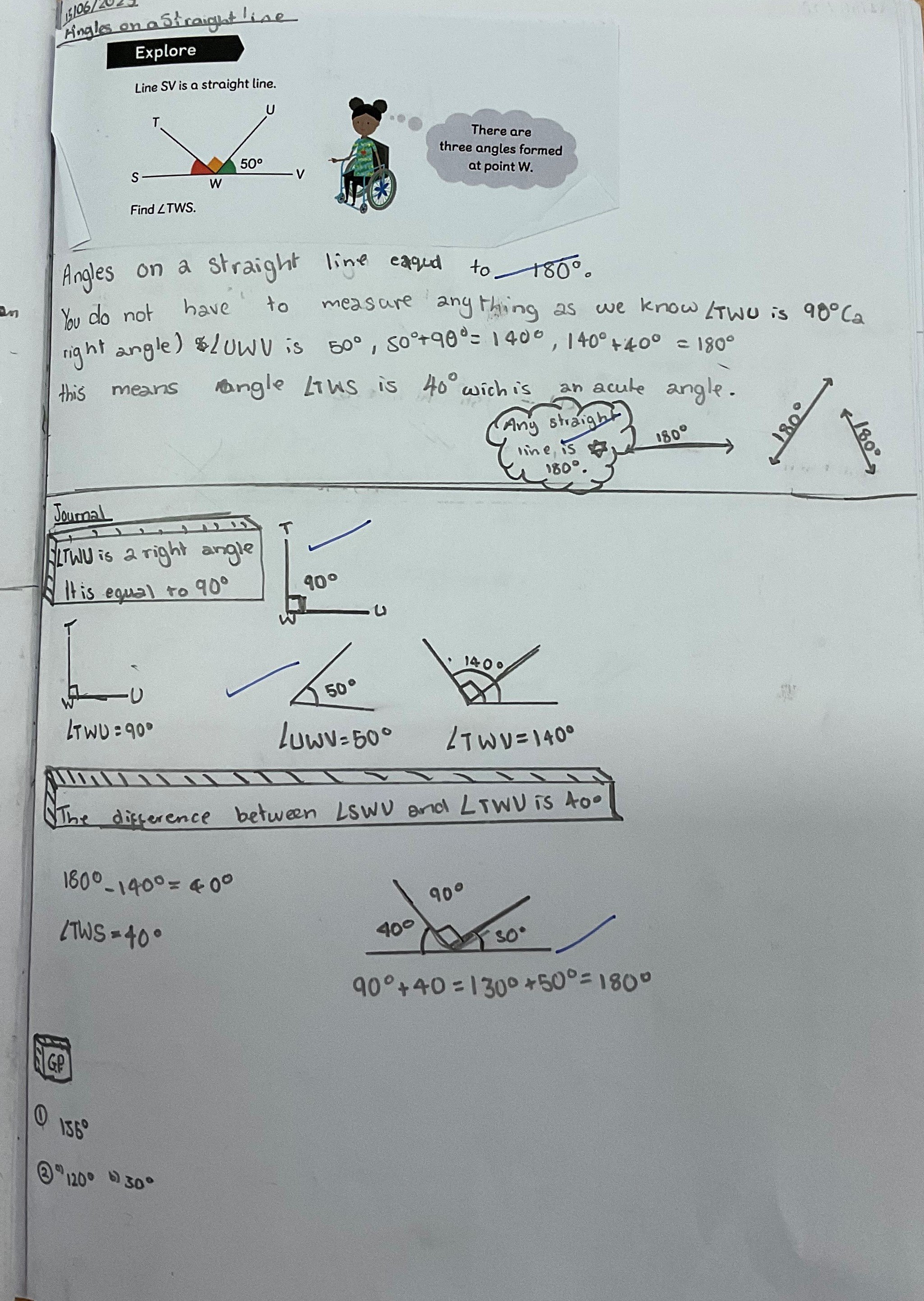Mathematics at Bedford Drive Primary School
“The only way to learn mathematics is to do mathematics”
The school follows the National Curriculum for Mathematics as defined by the Department for Education. The National Curriculum for Mathematics aims to ensure that all pupils:
Become fluent in the fundamentals of mathematics, including through varied and frequent practice with increasingly complex problems over time, so that pupils develop conceptual understanding and the ability to recall and apply knowledge rapidly and accurately.
Reason mathematically by following a line of enquiry, conjecturing relationships and generalisations, and developing an argument, justification or proof using mathematical language.
Can solve problems by applying their mathematics to a variety of routine and nonroutine problems with increasing sophistication, including breaking down problems into a series of simpler steps and persevering in seeking solutions.
We would like to share our work and learning
Year 1
This term, we have been learning to tell the time in o’clock and half past the hour. We used our own clocks in class to quiz each other! We have explored fractions, focusing on halves and quarters. The children have also been learning about numbers up to 100; reading and writing numbers as well as counting forwards and backwards in tens. We enjoyed working practically to work out volume and capacity using water and jugs. The children also role played their own classroom shop to reinforce their learning about money.
Year 2
This term Year 2 have continued to revisit their learning on the four operations + - X and ÷.
They have explored fractions as equal parts of a whole. They have compared and ordered fractions and found part of a quantity. They have extended their knowledge and understanding of money, reading scales, as well as time and shape.
Year 3
The Year 3 children have been building on prior knowledge to develop their mathematical thinking. Children looked at money, being able to total an amount greater than £1 using a mixture of coins and notes. They then went on to calculate change using their knowledge of column method to support them. We then moved onto time were children looked at calculating time on an analogue clock to 5 minute intervals. Children also looked at duration of time, calculating using a numberline method.
Children moved onto looking at pictograms. Being able to use a symbol with a value greater than one and deciphering pictogram accurately. We then moved onto looking at bar charts, children even creating their own with accuracy. Finally children have spent a lot of time developing their understanding of fractions. We revisited what a fraction was and how these are created. Children built on their Year 2 knowledge of half and quarters and looked at tenths, thirds and eighths. Children have found fractions of amounts as well as shapes.
Year 4
In maths, we have covered many units this term. We began by learning about decimals and building on our knowledge of fractions to see how they are related. Following this, we learnt about time and how to read a 12 and 24-hour clock, while converting units of time. Afterwards, we learnt about measures of mass, length and volume before moving on to area and perimeter. Then we moved on to Roman Numerals before ending with geometry and position and movement. Throughout the term, we have also been consolidating our multiplication facts and recall speed up to 12x12.
Year 5
Year 5 have been very busy in maths. We have continued to work on our arithmetic skills especially continuing to practice our timetable facts. We have continued with our work on fractions and have made connections to decimals and percentages. We have also learnt the names of different angles, how to measure an angle using a protractor and how to apply these facts when problem solving. We have also recently looked at translations and reflections of different shapes.
Year 6
In Year 6 we have been focusing on revision of the four operations, problem solving and real-world application of maths. We have used lots of outdoor maths strategies to practice our maths skills which we have thoroughly enjoyed. We worked hard to design and make board games for Year 4 children that focused on helping them to learn their times table and we really enjoyed playing them together!
There are a number of ways that you can support your child with their learning at home and Mrs Cartledge, Subject Leader for Mathematics has prepared the following information that may be useful for you.
At Bedford Drive Primary School, we have constructed an ambitious Mathematics curriculum, which follows the content of the EYFS statutory framework and the National Curriculum.
